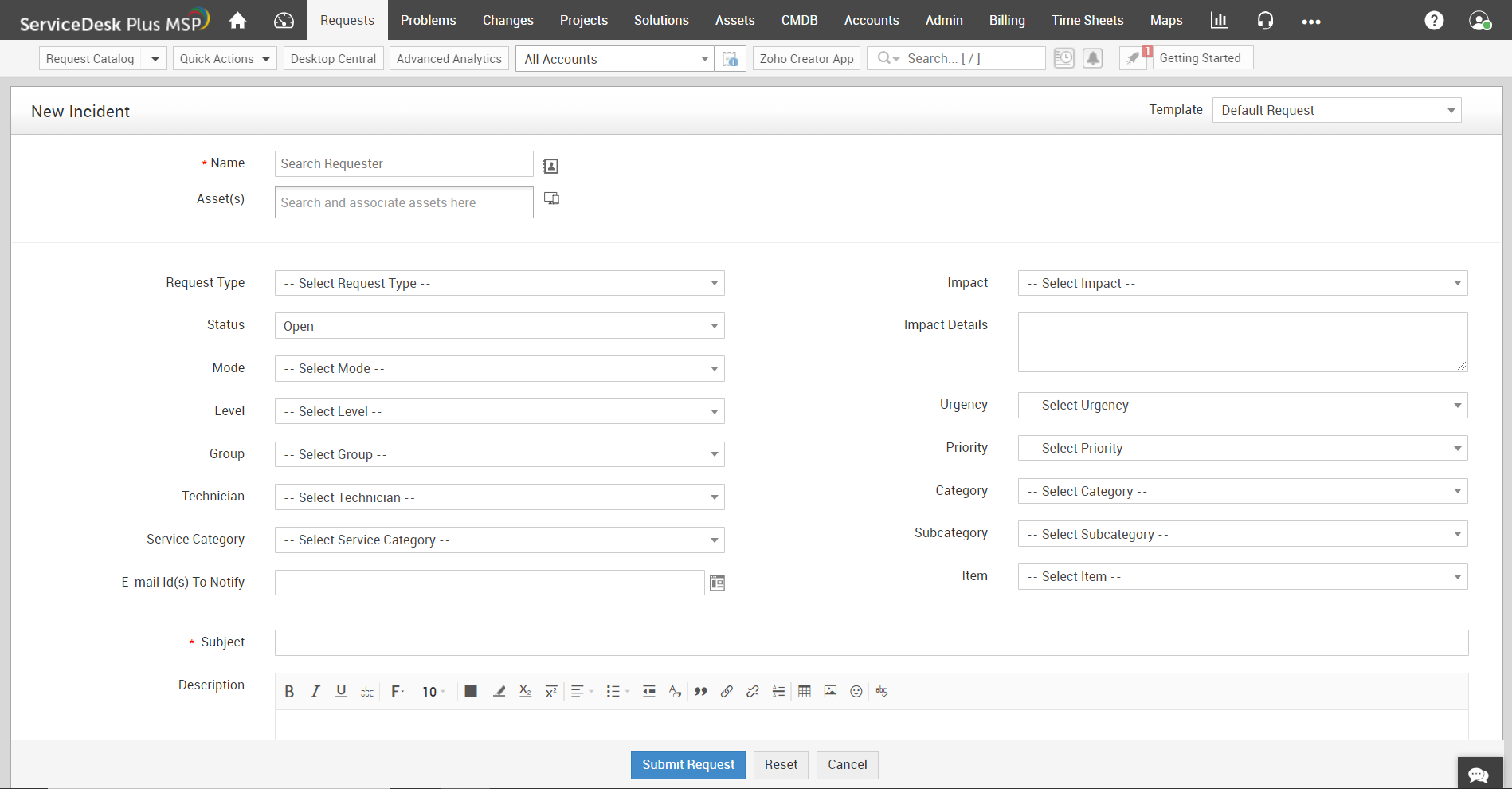

But, then we break out the P1s into 3 Severities - P1S1, P1S2, P1S3. P1-P4 which closely aligns to your chart. We actually have a multi-tiered set of priorities. I've lived in that world at a large global financial company for a few years now. I've straightened it up now, thanks again. This post has been here for ages and you're the first to coment on this graphics. In practice, this escalation type usually boils down to a simple notification to the manager.Īren't the priorities backwards? The articles indicates 5 is the lowest priority yet the graphic shows High Impact, High Urgency equals a Priority 5. Hierarchical Escalation - when a support employee can't deal with an incident, either due to lack of knowledge or insufficient time, his manager has to be informed in order to preserve SLA targets and customer satisfaction. Also, this can happen after a predefined time interval passes, in accordance with SLA. There are two major types:įunctional Escalation - reassigning incidents to a higher tier support group due to lack of expertise. Escalations are mechanisms that help us to resolve incidents on time. Just a few words on Incident escalations. If an incident owner can't deal with that, his manager has to be notified in time. Data on that reside in the escalation schemes, based on Service Level Agreement ( SLA) targets. All key Support Staff members attend to resolution of major incidents, and the project is strongly supported by Problem Management.Īlso, should be said here that Incidents do not age gracefully. It will have Priority=1, and additionally, depending on your SLA and support process definition, it usually has additional attribute ( checkbox is fine) that says this is a Major or Hot incident. Major Incident is an incident with extreme impact to business, or an excessive disruption of service.
#Incident priority matrix itil software
Incident Urgency for certain Services may vary in time (example: HR application during payroll calculation) and this additional complexity is easier to resolve by raising staff awareness level then to implement it in software tools. If not, a simple workaround would be to educate Service Desk operators on a regular basis and to inform them on parameters of signed contracts. Some incident management tools perform automatic calculations for Urgency based on Impact, SLA and OLA involved etc. Urgency is a necessary speed of resolving an incident. If an up-to date CMDB is available, then it's easy to determine affected users from the Business Service which suffers from specific Configuration Item malfunction.

So impact is usually directly proportional to a number of users influenced by the incident. Since this is difficult to determine in shoes of overworked and underpaid 1st level operator, some simplifications are necessary here. Impact of the incident is the measure of how business critical it is. There are also some sophisticated methods for defining Priority, but eventually it all boils down to something like: Usually the lower the value - the higher the Priority, thus Priority=1 is the highest one, and Priority=5 the lowest. Recommended granulation of Priority is 4 to 5 different values. So, most consultants recommend the simple matrix which will automatically calculate incident priority out of the simple value of Impact x Urgency. There are also additional elements, like size, scope, complexity and resources required for resolution. As ITILdefines it, Incident priority is primarily formed out of it's Impact and Urgency.


 0 kommentar(er)
0 kommentar(er)
